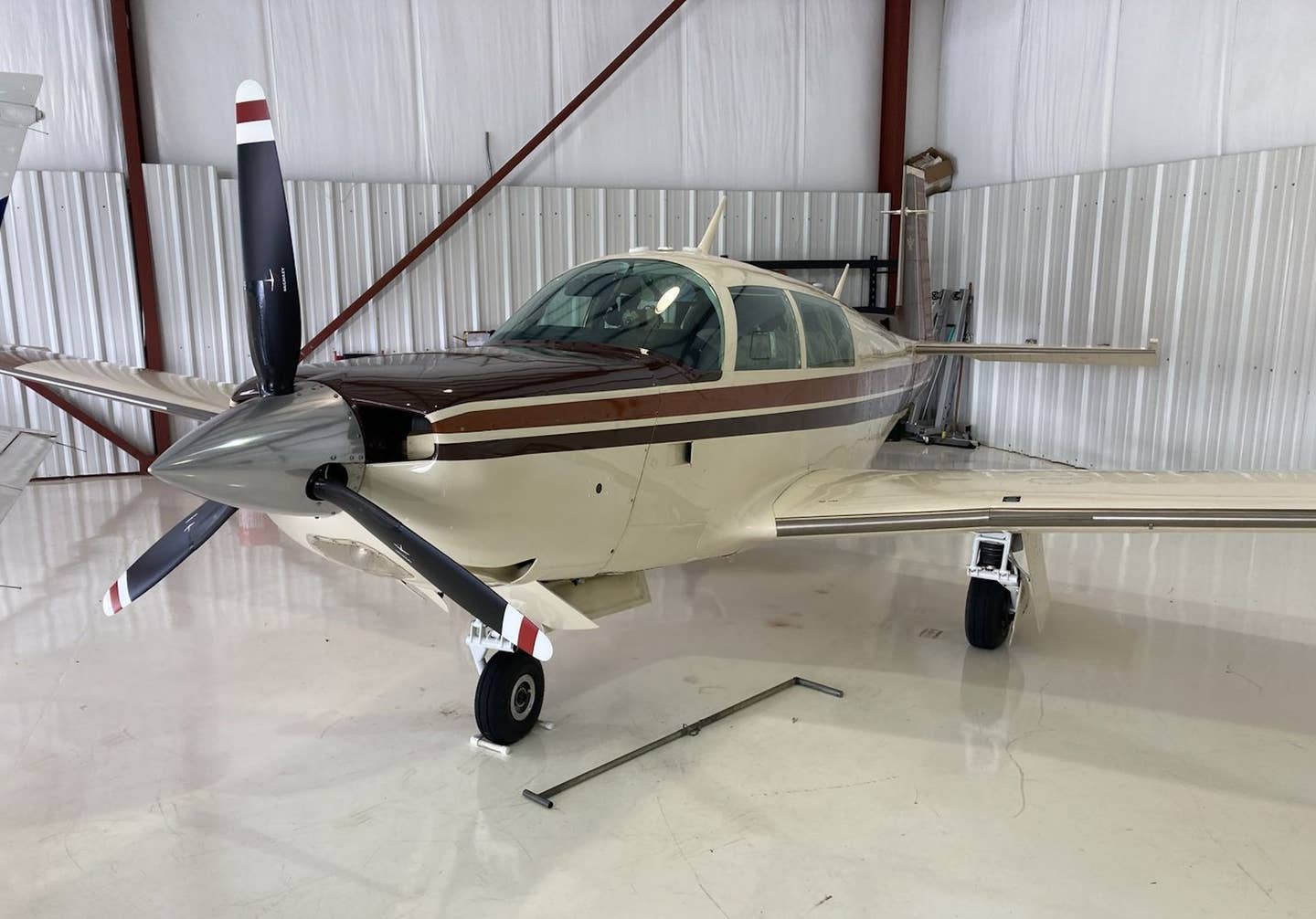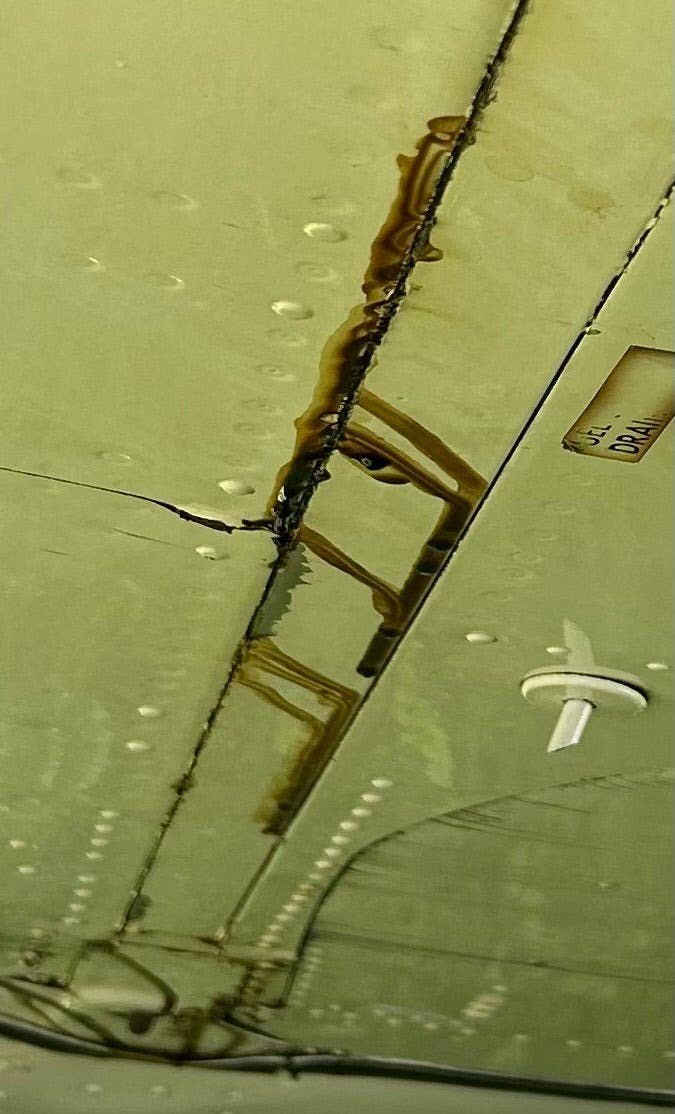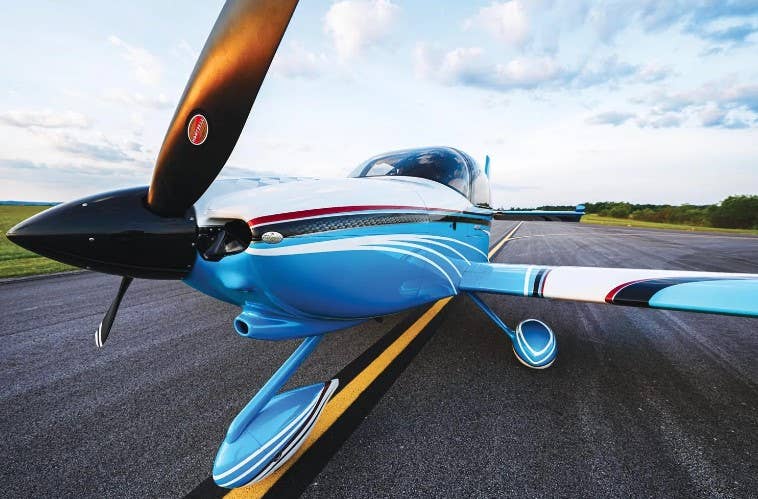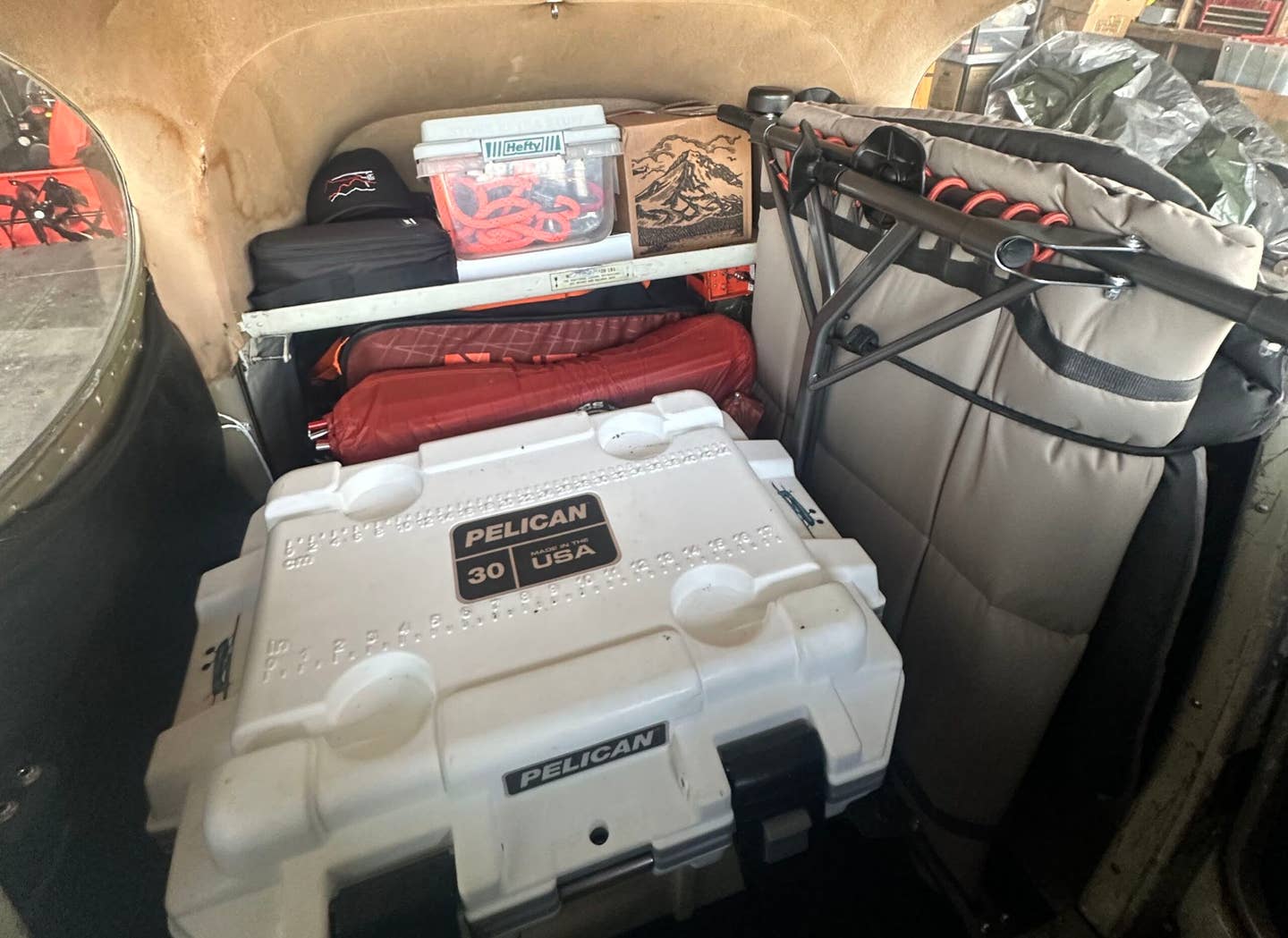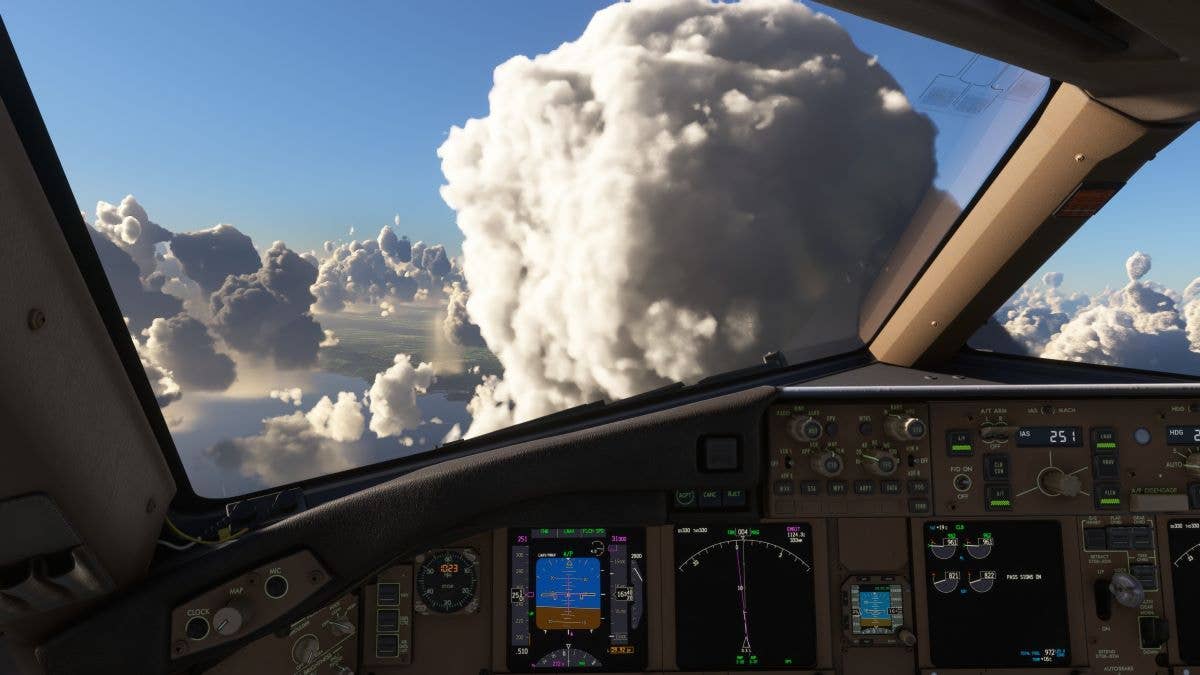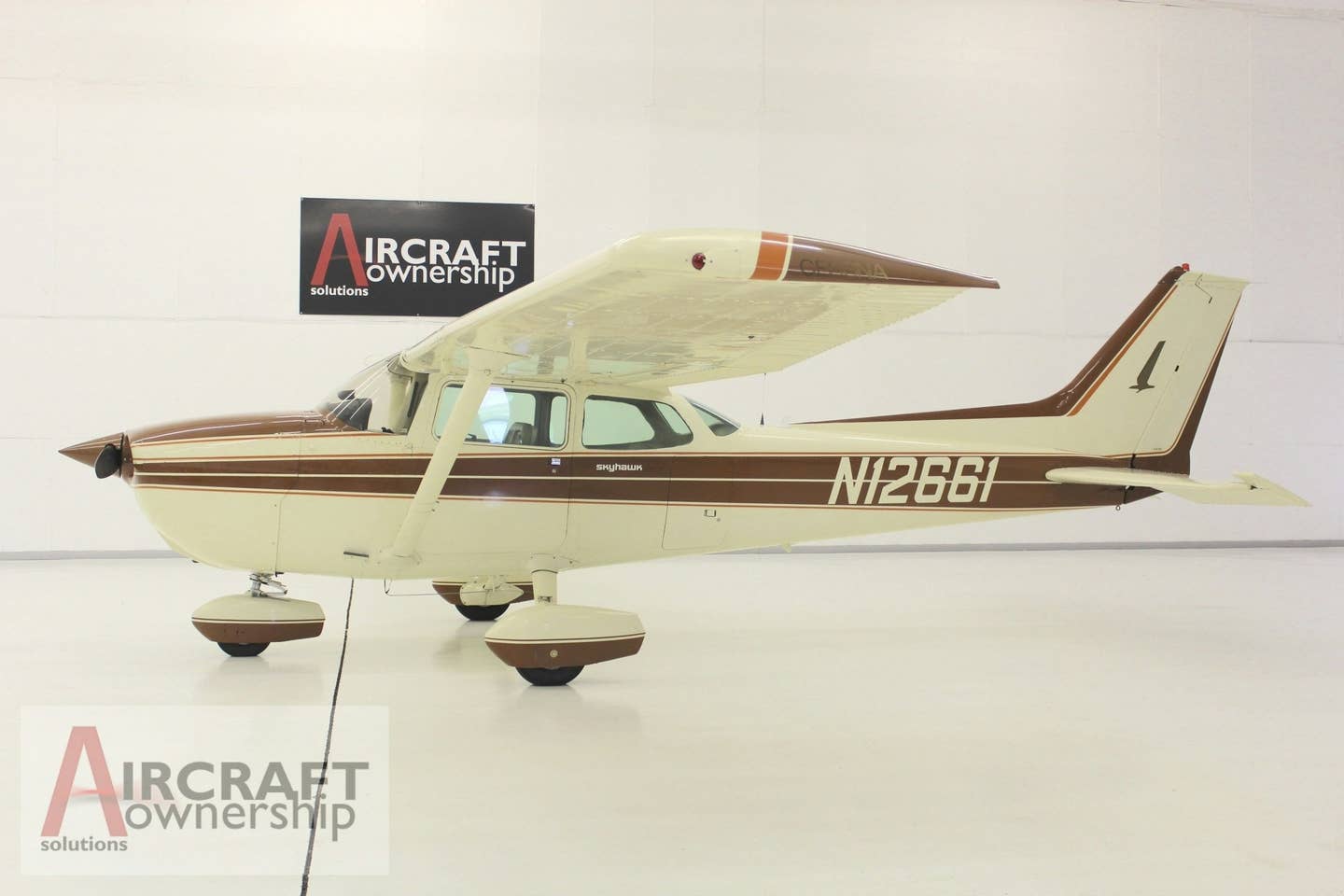Canada’s Rugged, All-Metal National Airplane
Ride along on a Microsoft Flight Simulator journey through history in a DHC-2 Beaver.
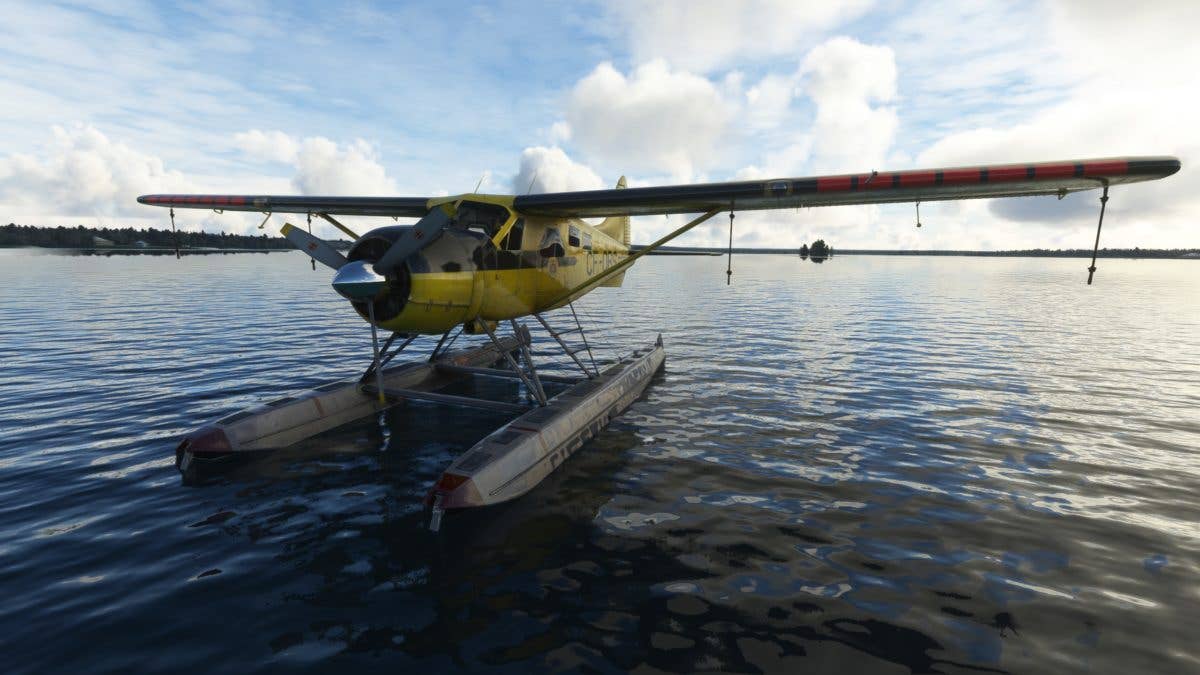
[Image provided by Patrick Chovanec]
Today in Microsoft Flight Simulator 2020, I’m flying the DHC-2 Beaver, the closest thing Canada has to a national airplane.
DHC stands for de Havilland Canada. Starting in 1928, the British-owned de Havilland Aircraft Co. established a Canadian subsidiary to manufacture the Tiger Moth biplane for the overseas training of British airmen who fought in World War II. The company’s first homegrown airplane design, immediately after the war, was the DHC-1 Chipmunk, a more modern military trainer to replace the storied Tiger Moth. But de Havilland Canada realized that post-war, it could not rely on military demand to support the company, so it decided it needed to crack into the civilian aviation market.
Two-thirds of Canadians live within 100 kilometers of its southern border with the U.S. The vast majority of the country’s territory is remote and sparsely inhabited, with few roads. So in 1946, de Havilland Canada sent a survey to the “bush pilots” providing transportation into these remote areas to ask them what they wanted in an airplane. The result was the DHC-2 Beaver.
To begin with, it was an all-metal design, rugged enough to withstand a beating from rough terrain and exposure to the elements. It could be equipped with wheels, floats, or skis to be able to land in a variety of places without paved runways and take advantage of the country’s many lakes and rivers. The wings (spanning 48 feet compared to the aircraft’s 30-foot length) were large enough to provide ample lift, allowing short takeoffs and landings (STOL).
The top bush pilot request was for “more power”. Originally, de Havilland planned to use its own 145 hp engine. Then it realized there were plenty of surplus Pratt & Whitney Wasp Junior engines (the same as were used in the Grumman Goose and Beechcraft Staggerwing) left over from wartime production on sale for a low price. The 450 hp produced by the Wasp Junior made the Beaver significantly overpowered for its design, which gave it that much more STOL performance—and more than satisfied the bush pilots’ demand.
Since we are heading into the wilderness, I’ve decided to strap a canoe to our pontoons in case we need it once we reach our destination.
The cabin could be outfitted to carry up to six passengers and serve as a bus to remote settlements. Or the seats could be removed to carry up to 2,100 pounds of cargo, delivering vital supplies. Essentially, it was a flying truck.
To facilitate easy loading and unloading, the Beaver had wide doors on either side. Notice that the doors are cut diagonally at the top to avoid banging into the flaps when lowered. A lot of Beavers were later modified so their rear side windows bulged outward for greater passenger visibility forward and backward.
The first potential customer for the DHC-2 Beaver was the Ontario Department of Lands and Forests, which had to oversee more than 1 million square kilometers of territory dotted with more than 250,000 lakes. The department conducted a competition that the Beaver won, hands down. This specific plane, CF-OBS, was the first production model delivered to the department in April 1948.
We’re at Sault Ste. Marie on the border between Michigan’s Upper Peninsula and Ontario. Before we take off for parts north, let’s take a look at the cockpit. As you can see, everything is metal, extremely durable, with good visibility. There is a single yoke, which can be shifted from the pilot’s side to the copilot’s as needed.
The throttle, prop handle (for the adjustable pitch propeller), and fuel mixture are all at the top center of the instrument panel. The manifold pressure gauge reads just shy of 30 when the engine is off because that is the outside air pressure. The engine gauges are below the throttle quadrant, and the radio stack is off to the right in front of the copilot’s seat. Directly in front of the pilots, there’s a standardized “six pack” of primary instruments—a great improvement over the hodgepodge of gauges typical of WWII airplanes. Note that the airspeed indicator is in miles per hour, not knots. Above the instruments is the flaps indicator.
On water, you take off into the wind, as normal. Full throttle, prop, and mixture for full power. The aircraft will lift itself off the ground (or water, in this case) at 55 to 65 mph, with light back pressure on the yoke. And we’re flying.
I pull the throttle back to 33.5 manifold pressure (MP) and the prop back to 2,200 rpm, and lift the flaps one level from “takeoff” to climb, as I begin to rise over the Soo Locks and the Sault Ste. Marie International Bridge below. Leveling off at about 2,000 feet, I reduce the throttle further to 29.7, set the rpm to 2,000, and lift the flaps all the way to “cruise” as I get ready to turn north.
The cruise speed of the Beaver is about 110 mph, or 95 knots. The designers were concerned that it would be too slow because of all the drag from the large wings and pontoons. Bush pilots said never mind: “You only have to be faster than a dogsled to be a winner.” So 4.5 hours and 336 nautical miles later, I’m approaching Fort Hope in northern Ontario.
Fort Hope—now called Eabametoong by the Ojibwe First Nation that lives there—is typical of the kind of destination the Beaver was designed to reach. It was originally a Hudson’s Bay Company fur trading post, set up in 1890. Some 300 km north of Thunder Bay, even today it is reachable only by gravel road—or airplane. Before the airport was built in 1942, the only place to land was on the adjoining lake. Today, the “airport” is still only a 3,500-foot gravel airstrip, so a water landing remains an attractive alternative.
I’m pulling the flaps down to “landing,” prop lever full, and throttle almost all the way out. My approach speed is on target at about 70 mph. The stall speed with flaps down, as indicated by the white arc on the airspeed indicator, is about 60 mph. Just above the water, I pulled back on the yoke to stall and set down on the surface. Just as the sun is setting, I taxi over the village along the shoreline to tie up.
CF-OBS, the first production unit of the Beaver, has flown more than 8,800 hours in its career since 1948 and is still in flying condition today—though it mostly resides on display at the Canadian Bushplane Heritage Centre in Sault Ste. Marie. During the 1950s, the airplane played a key role in developing early water-bombing techniques to put out forest fires. The 1983 film Never Cry Wolf portrays a Canadian government naturalist hitching a ride on a Beaver from a remote airstrip. It highlighted how steeply the DHC-2 is able to take off, owing to its overpowered engine.
The DHC-2 Beaver gave bush pilots exactly the tool they needed. If the railroad opened up the American West, the Beaver can be considered the airplane that opened up the Canadian North. Initial sales of the Beaver, however, were slow. What really turned things around was the U.S. Army’s decision in 1951 to acquire it as a utility aircraft—a huge coup for a Canadian manufacturer.
That’s why I’m here in South Korea, just outside of Seoul, where the U.S. Army bought 970 Beavers for use during the Korean War. I wasn’t able to find an Army livery, so this particular airplane is from the U.S. Air Force, which also used Beavers as utility and liaison aircraft in Korea to ferry senior officers.
Just like in the Canadian wilderness, the Beaver’s STOL capabilities and rugged construction made it ideal for reaching unimproved airstrips in the combat zone. The Beaver’s durability ensured these same aircraft continued to fly for many years and be used during the Vietnam War.
Ultimately, more than 30 countries adopted the Beaver for similar military use—one was France. If you look at the sign on the airport, you’ll see where we are: Dien Bien Phu. Today’s commercial airport is the site of the airstrip the French used when they were besieged here by Viet Minh forces in 1954.
More than 10,000 French troops were trapped at Dien Bien Phu, located in a valley in a remote part of northern Vietnam. They were surrounded by an enemy force that outnumbered them 5-to-1 and held the high ground. The airstrip served as a fragile lifeline, providing them with supplies and transporting out wounded.
This Beaver was one of those airplanes. The wide doors allow access to load wounded soldiers for evacuation as mortar and artillery shells rain in. Aircraft couldn’t afford to park or turn off their engines. They had to load and take off again or else risked being destroyed on the ground. We’re fortunate to be getting out now. While French forces refused to surrender, they were all ultimately wiped out or captured. The colossal defeat spelled the death knell for French colonial rule in Indochina.
As I’ve been saying, the durability of the Beaver has given these military aircraft a long life. The U.S. Navy still flies two Beavers, like this one, at its Test Pilot School at Patuxent River NAS in Maryland. The school’s two beloved Beavers are the oldest active aircraft in the U.S. military inventory, built in 1951 and 1952. They are now used mainly for instruction and glider towing.
With the wider adoption of helicopters, however, the vast majority of Beavers were eventually retired from military service and either put in storage or purchased by private owners. This Beaver, for instance, was built in 1962 and flown by the U.S. Army in Vietnam. It was later flown by the CIA’s covert airline Air America. In 1998, it was purchased and refurbished by actor Harrison Ford.
Ford was already a private pilot by 1998, when he starred in a film called Six Days, Seven Nights, where he played the pilot of a DHC-2 Beaver—as his character puts it, “one of the safest, most reliable aircraft ever built.” The role inspired him to buy a Beaver of his own. But don’t go looking for N28S on FlightTracker. Like Elon Musk’s jets, Ford’s flying information has been made private at his request to the FAA.
Similar to me, Ford learned to fly at age 53. “I didn’t really know if I could learn anything,” he later told an interviewer. “I hadn’t learned anything—other than lines—for a long time. I wanted to engage my brain in some process that would wake it up and resupply it with challenges.”
Ford has experienced a handful of mishaps and accidents in his airplanes over the years, but notably, none of them have involved his DHC-2 Beaver. He’s involved in the Young Eagles program, volunteering to take kids from all backgrounds for a ride to spark their interest in aviation. Heck, I’d like to go up with him, but so far this is the closest I’ve gotten. Ford has said the Beaver is his favorite among his entire fleet of private aircraft. Who knows, maybe he’ll see this post and invite me?
Instead of waiting around for that to happen, though, I’ve come up to Talkeetna Airport (PATK) in Alaska. This is where a real-life outfit called K2 Aviation flies these red DHC-2 Beavers (among other aircraft, such as the DHC-3 Otters in the background) on sightseeing and adventure trips around Denali, formerly known as Mount McKinley.
Today we’re going to fly to the Denali Base Camp, situated on a glacier on the mountain’s shoulder, to see how these skis handle. This is definitely a trip I want to take in real life.
Before takeoff, I’ve entered our flight plan into the GPS, so I don’t get lost. The straight-line distance is just 48.7 nm. But the base camp is at 7,200 feet, and we’re starting out at just 358 feet above sea level, so we’ll be climbing much of the way.
Talkeetna is a town of just more than 1,000 inhabitants that was founded in 1916 at the confluence of the Susitna, Chulitna, and Talkeetna rivers as a regional headquarters for the Alaska Railroad. I’ll be following the larger Susitna River due north, aiming straight for Denali. I’m cruising at an altitude of just over 10,000 feet msl. Denali is the highest peak in North America, with its summit at 20,310 feet, over twice as high.
Some Beavers have been upgraded with turbocharged engines, but this one (at least in the sim) has not. So as I go higher, I notice a falloff in the manifold pressure and have to compensate by putting the throttle to max. As I get closer to the mountains, I need to jot over to the west to join the glacier, which I will follow up to the base camp.
Here it is, the Kahiltna Glacier. The base camp is located near the top. The peak to the left is Mount Foraker. At 17,400 feet, it’s the second highest in the Alaska Range and the third highest in the United States.
The name Denali simply means “high” or “tall” in the language of the indigenous Koyukon Athabaskans. In 1896, a gold prospector named the mountain after William McKinley, who was elected president that year. In 2005, the Barack Obama administration officially made the name switch back to Denali.
Alright, I’m getting really close here. I can’t start to descend until I spot the base camp, or I’ll find myself in real trouble. Looking around… c’mon…I’m pretty sure it’s the patch of gray behind the second ridgeline. Well, I’m going in.
I’m high on approach, so I do a forward slip, and wrench my rudder full left while banking right to drop like a rock. You can just make out the forward edge of the runway straight below. I straighten out just above the runway to flare. I came in a little fast, but the upward slope of the landing strip slowed my momentum fast after touching down.
Welcome to the Denali Base Camp, a hub for climbers hoping to ascend the rest of the way on foot. It’s very slippery to taxi on skis, but I somehow managed to park.
But to end this thread, I really have to return to Canada to the place where I actually flew in a real Beaver for the first time. Harbour Air flies Beavers—along with a variety of other airplanes—from the seaplane base in downtown Vancouver, British Columbia. This was several years before I even thought about becoming a pilot. But I happened to get put in the copilot’s seat, which was quite a thrill.
I still remember lining up in the harbor for takeoff, gaining speed, and then banking left to turn toward the west over the suspension bridge below.
De Havilland Canada produced 1,657 DHC-2 Beavers from 1948 to 1967, when the company shifted its focus to making larger airliners. That still makes it the largest production run of any Canadian aircraft in history. Because of its durability, the Beaver has enjoyed an influence way beyond its numbers. Hundreds continue to fly today, and the numbers are actually growing as more get refurbished. A company called Viking Air, based in Victoria just off the coast from Vancouver, purchased the type certificate and now produces spare parts to keep the Beavers flying.
I didn’t know any of this when I took my half-hour tourist flight on Harbour Air. But I definitely remember the view, looking toward Vancouver Island. We soon turned back toward the city.
In 1987, the Canadian Engineering Centennial Board named the DHC-2 one of the top 10 engineering achievements of the 20th century for the country. In 1999, it appeared on a special edition Canadian quarter. The Beaver has also been featured on postage stamps from several countries.
At the end of the flight, we made a broad circle over downtown Vancouver as we prepared to land back in the harbor. Looking back, I have to say this flight was one of the things that probably planted the seed for me to begin learning to fly several years later.
Coming in to land on the Vancouver waterfront. It certainly makes for a memorable flying experience.
If you’d like to see a version of this story with many more screenshots and historical images, you can check out my original post here.
This story was told utilizing the Blackbird/Milviz DHC-2 Beaver and Northern Sky Studio PATK Talkeetna Airport add-ons to MSFS2020, along with liveries, sceneries, and airports produced by fellow users and shared on flghtsim.to for free. Harbour Air and K2 Aviation are real companies, and their portrayal is entirely fictional and does not constitute their endorsement or participation in any way.

Subscribe to Our Newsletter
Get the latest FLYING stories delivered directly to your inbox

